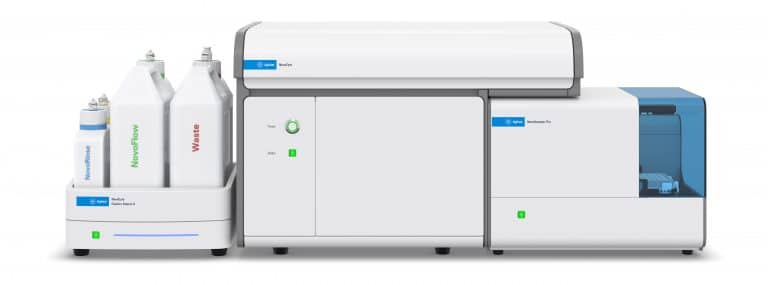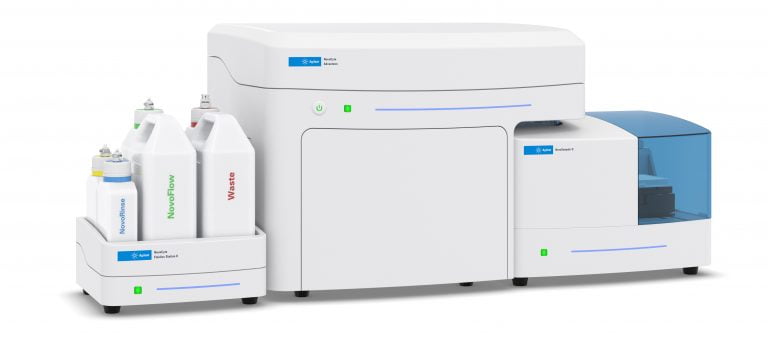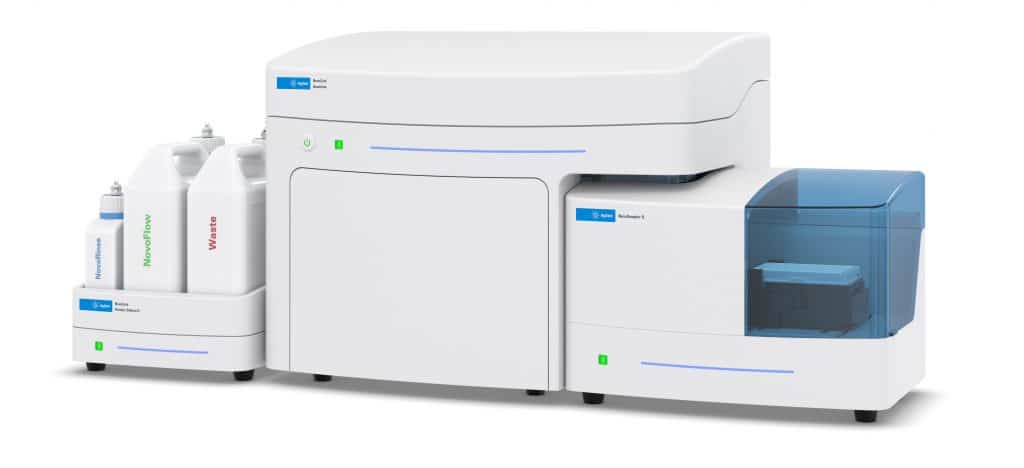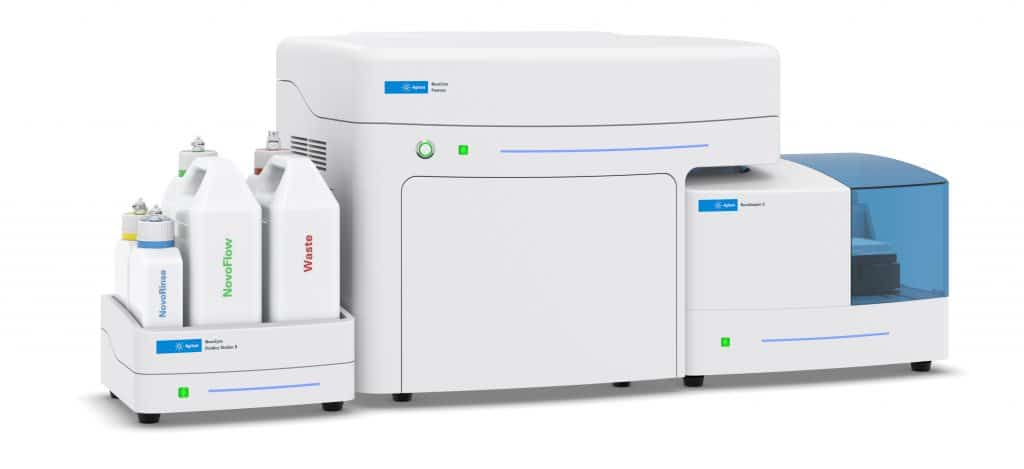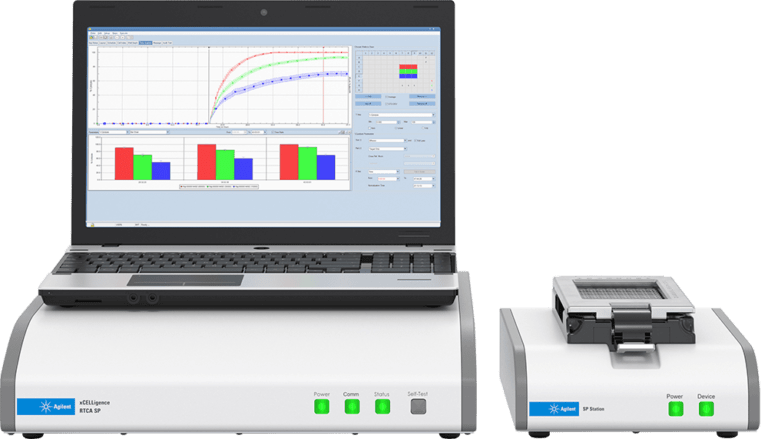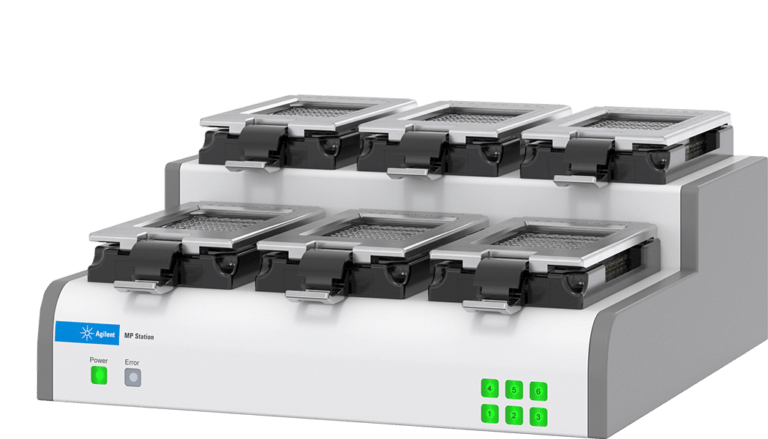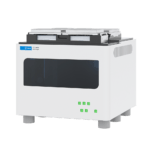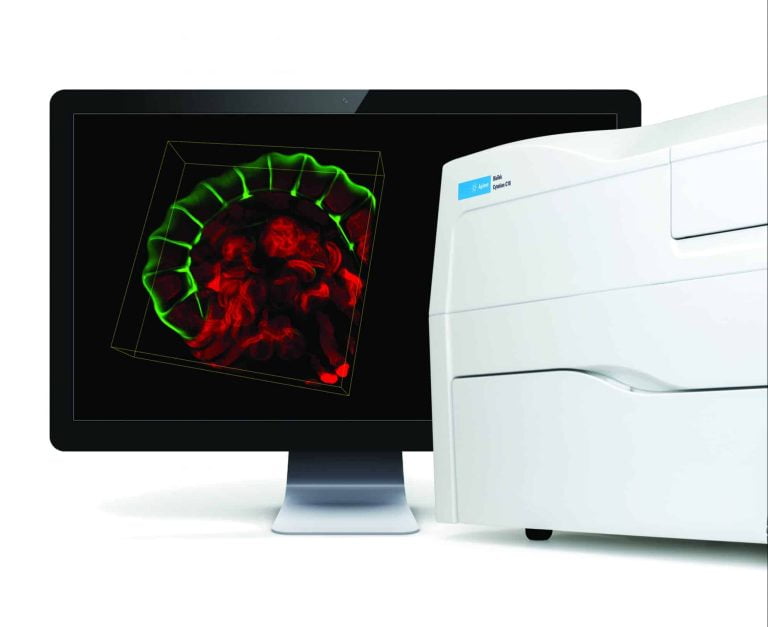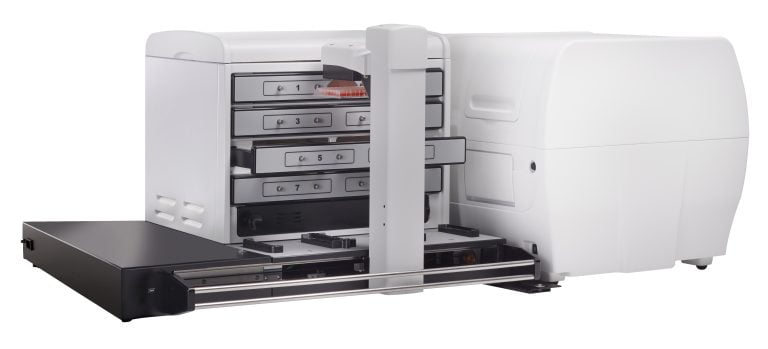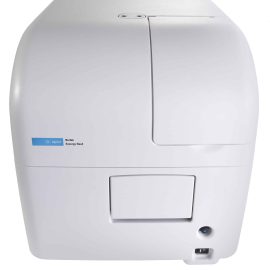Cell and Gene therapy
We are dedicated to help CGT researchers with an array of next-gen cell analysis solutions
Cell and gene therapy are cutting-edge medical approaches that harness the power of our cells and genes to treat a disease. Both therapies aim to prevent, to treat or to cure a genetic disease, but cell and gene therapies work differently. We briefly explain this very complex matter below.
Gene Therapy:
- Gene therapy involves modifying or replacing faulty genes within the cells to correct a genetic disorder or disease.
- This is often done by introducing a healthy copy of the gene into the patient’s cells, typically using a harmless virus as a delivery vehicle.
- Once the corrected gene is inside the cell, it can start functioning properly, potentially curing a disease at its root cause.
Cell Therapy:
- Cell therapy involves using living cells, often stem cells, to replace or repair damaged tissues or organs in the body. Stem cells are special because they can generate different types of cells in the body, making them valuable for repairing or replacing damaged cells.
- Cells are cultivated or modified outside the body before being injected into the patient.
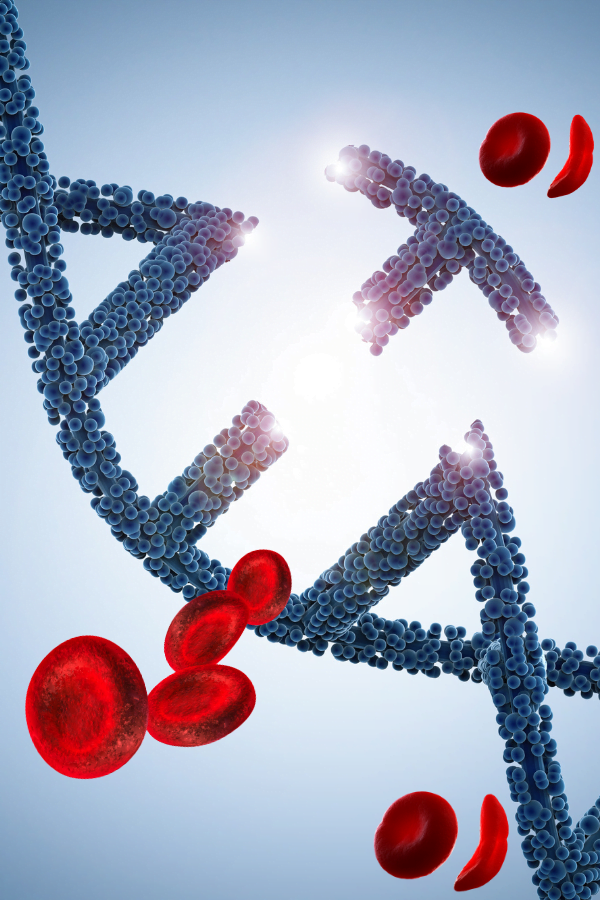
How cell and gene therapies work together:
Sometimes, cell and gene therapy are used together. For example using gene therapy to modify stem cells before they are used in cell therapy, ensuring they function properly once they are transplanted into the patient.
Benefits:
- These therapies offer potentially curative treatments for diseases that were previously difficult or impossible to treat effectively.
- They can also provide more targeted and personalized treatments, tailored to a patient’s specific genetic makeup.
- Additionally, they have the potential to reduce the need for long-term medication or invasive procedures for some conditions.
In essence, cell and gene therapies represent exciting developments in medicine. BioSPX and Agilent are dedicated to help CGT researchers by providing an array of next-gen cell analysis solutions, including:
Immunophenotyping – Flow Cytometers
- Expanded flexibility with up to 30-color options using 5 lasers.
- Wide, 7-log dynamic range eliminates the need for routine detector adjustments.
- Intuitive and powerful software for data acquisition, analysis, and reporting
- Automation-ready capability for high throughput needs.
- 1 to 3 lasers
- siPM
- Up to 100.000 evts/sec
- Up to 23 parameters
- 100 nm sensitivity
- 4 lasers (VBYR)
- siPM
- Up to 100.000 evts/sec
- Up to 27 parameters
- 100 nm sensitivity
- 5 lasers (VBYR + UV)
- siPM
- Up to 100.000 evts/sec
- Up to 32 parameters
- 100 nm sensitivity
Immune cell monitoring – Real-Time Cell Analysis
- xCELLigence SP, MP, HT: Provides non-invasive and label-free real-time cell analysis in 96 or 384 well formats.
- xCELLigence eSight: Multiplex impedance-based data with live cell imaging for increased confidence.
- Drive key insights and discoveries with specialized live cell analysis applications.
- Continuous assay points over the course of the entire experiment
- Determine viral titers and observe cytopathic effects in real-time
- Simple, single plate, label-free, real-time cell analysis in a 96-well format.
- Data is continuously recorded in minutes, days, or weeks.
- Observe the tumor cell response to immune effector cells in real-time
- Obtain continuous immune cell killing timepoints during the entire experiment.
- RTCA provides a continuous quantitative readout of cell number, proliferation rate, cell size/shape, and cell-substrate attachment quality
- Integrated data analysis tools such as IC50 or KT50 facilitate processing large amounts of real-time data.
- Label-free real-time cell analysis for high throughput screening n 384-wells plates.
- Obtain continuous cell assay data points during the entire experiment.
- RTCA provides a continuous quantitative readout of cell number, proliferation rate, cell size/shape, and cell-substrate attachment quality.
- Combine label-free xCELLigence real time cell analysis technology with live cell imaging in red, green, and blue.
- Simple workflow adapts to differing experimental protocols.
- Flexible live cell imaging utilizes brightfield capabilities, 3 fluorescence channels, a multitude of well plate formats, and the capability of user-defined schedules.
Cell imaging – Multimode Readers
- Automated digital microscopy and conventional microplate detection in a configurable, upgradable platform.
- Environmental controls for live cell imaging.
- Hit picking–multimode detection and imaging saves time and data storage.
- Benchtop confocal imaging.
- Combination of spinning disk confocal and widefield imaging plus multimode reader.
- Air or water immersion and phase contrast objectives.
- Publication-quality images.
Cytation 5 and BioSpa8 (automated incubator)
- Advanced cell-level analysis including nuclear and cytoplasmic masks.
- Plate washing, media replacement and reagent injection.
- Complete workflow automation, sample prep to detection.
- Combined digital microscopy and multi-mode detection.
- Fast and high performing multi-mode microplate reader.
- Scientific quad monochromators with continuously variable bandwidth from 3 nm to 50 nm.
- Live cell assay optimized: CO2/O2 control, incubation to 65 °C and direct bottom illumination.
- Multiple PMTs including dual top PMTs for ultra-fast ratiometric assays.
Newsletter
Register to receive email updates on our new products, special promotions and events.
